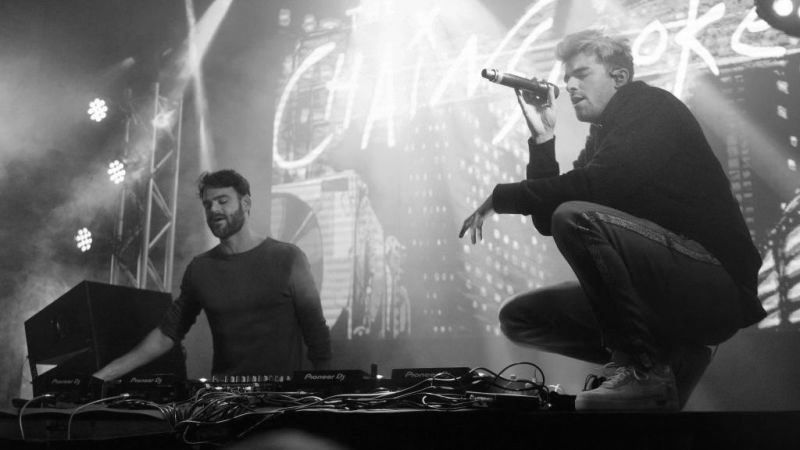Every week, Spotify and Apple Music are flooded with a slew of new, zeitgeist-defining albums that are yours for the streaming. Why, then, after a few songs, do we tend to retreat back into the comforting arms of Tupac Shakur, Alanis Morissette, or Robert Smith? No, it’s not because nobody makes ’em like they used to; it’s because, as is the case with pretty much everything in life, we’re still beholden to the things that shaped us as teenagers.
The New York Times has proof. They recruited author Seth Stephens-Davidowitz, whose Everybody Lies: Big Data, New Data, And What The Internet Can Tell Us About Who We Really Are is a must-read, to discover why so many people still go to Gin Blossoms concerts (besides the fact that they still rule). Spotify provided the data, and Stephens-Davidowitz measured every Billboard chart-topping song released between 1960 and 2000 and the ages of their biggest fans when those songs first came out.
This all makes sense, of course. We’re still developing physically, emotionally, and sexually in our early teens, when every new experience is life-altering and heart-swelling. It’s only natural that the music underscoring our first kisses, home runs, and concerts would take up permanent residence in our brains.
All of this is to say that, yes, it’s okay to still like Blink-182 in your 30s. It’s not your fault. Blame the brain.
Originally posted on AVCLUB.com


